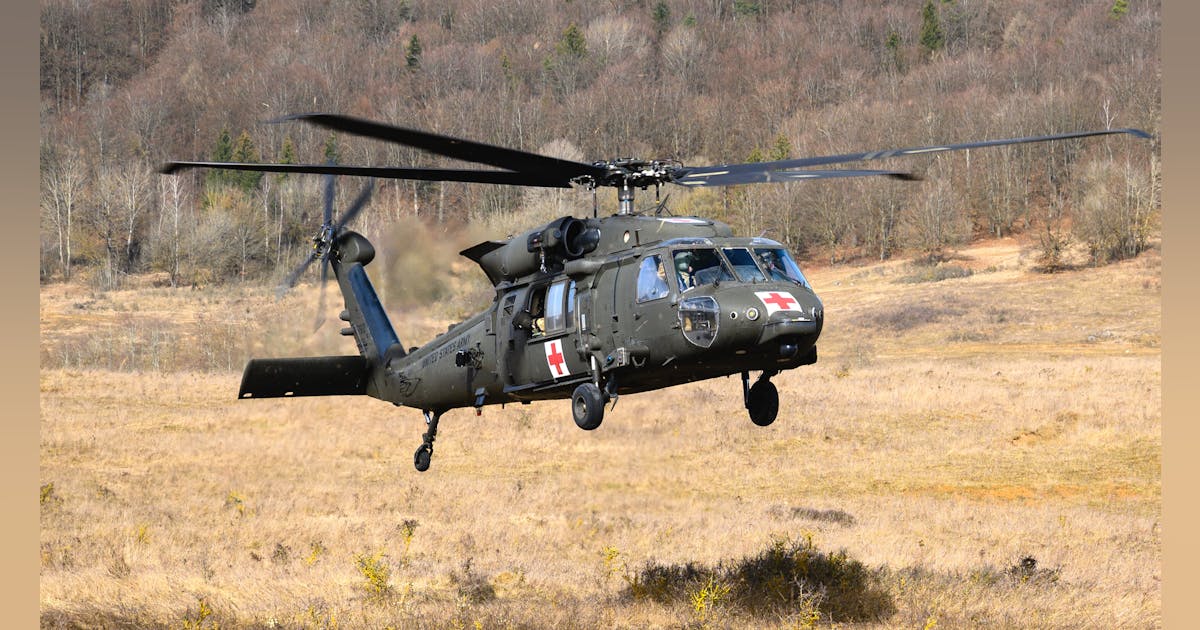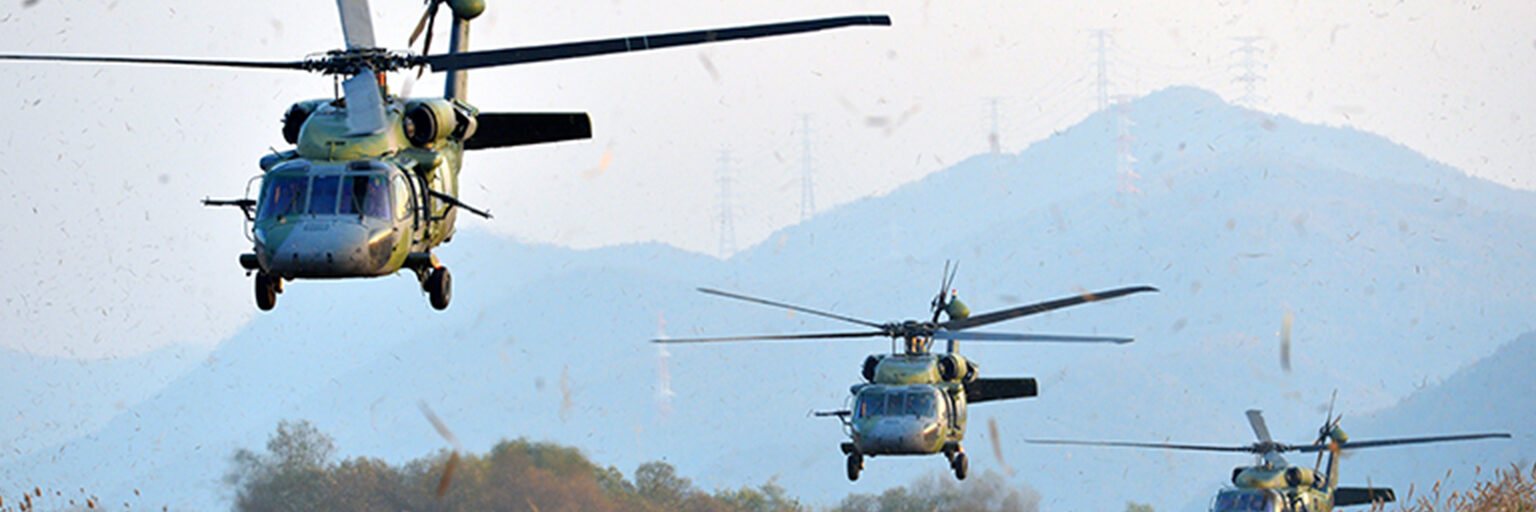The UH-60 Blackhawk and Its Role in Providing Reliable Helicopter Support in Challenging Environments
The UH-60 Blackhawk and Its Role in Providing Reliable Helicopter Support in Challenging Environments
Blog Article
Comprehensive Introduction of the UH-60 Blackhawk Helicopter
The UH-60 Blackhawk helicopter, a hallmark of contemporary military aeronautics, has actually played a vital function in diverse operational movie theaters considering that its intro in the 1980s. With its durable layout and adaptability, it has adjusted to accomplish different objectives, from troop transportation to medical emptying. As we explore its elaborate background, style requirements, and technological innovations, it comes to be obvious that the Blackhawk's impact expands far beyond the battleground. Nonetheless, the complete extent of its legacy and the lessons gained from its implementation throughout the world warrant a closer exam.
History and Advancement
The UH-60 Blackhawk helicopter has actually constantly been a cornerstone of united state military air travel given that its introduction in the late 1970s. Established by Sikorsky Aircraft, the Blackhawk was designed to satisfy the Army's demand for a versatile utility helicopter that could perform a series of goals in numerous atmospheres. UH-60 Blackhawk. The advancement process began in 1972, with the very first model flying in 1974
Its functional debut came during the 1980s, where it was swiftly identified for its agility, rate, and ability to move troops and cargo successfully. The Blackhawk's performance in the 1983 Grenada invasion and subsequent operations strengthened its reputation as a reliable workhorse for the united state Army. Throughout the years, the helicopter has actually gone through various upgrades and variations, adjusting to advancing army requirements, consisting of the enhancement of innovative avionics and weapon systems.

The Blackhawk's design has actually additionally progressed to serve numerous branches of the armed forces and allied pressures, showcasing its adaptability. Today, it continues to be an essential element of united state army procedures and proceeds to be a recommended choice for rotary-wing air travel throughout the globe, mirroring its long-lasting tradition and ongoing relevance in modern-day war.
Style and Specs
Engineered for efficiency and flexibility, the UH-60 Blackhawk helicopter includes a durable style that boosts its functional capacities. The airframe is constructed primarily from aluminum alloys, providing a balance of toughness and weight efficiency. With a size of 64 feet and a blades diameter of 53 feet, the Blackhawk is made to suit a wide variety of goals. Its optimum launch weight is around 22,000 extra pounds, enabling it to carry significant payloads.
The helicopter is powered by 2 General Electric T700-GE-701C engines, each providing 1,800 shaft horsepower, which makes certain high degrees of reliability and performance in diverse atmospheres. The rotor system is a four-blade, completely verbalized style that enables for outstanding ability to move and stability, also in adverse problems.
Furthermore, the UH-60 incorporates innovative avionics and trip control systems that boost situational awareness and pilot control. The cabin is designed for fast reconfiguration, permitting it to sustain various mission accounts, from army transportation to medical discharge. Generally, the design and specs of the UH-60 Blackhawk demonstrate a dedication to functional quality and flexibility in the area.

Functions and Objectives
With its durable style and progressed abilities, the UH-60 Blackhawk helicopter offers a wide range of functions throughout different military procedures. Originally established for army transportation, the Blackhawk has evolved to perform a large selection of goals, consisting of medical discharge, search and rescue, and logistical support. Its versatility permits it to operate in varied settings, from metropolitan landscapes to tough terrains.
In combat scenarios, the Blackhawk is critical for putting and extracting special operations forces, supplying them with the wheelchair needed to execute their objectives effectively. Furthermore, the helicopter can be outfitted with sophisticated interaction and avionics systems, enhancing its function as a command and control system in vibrant battle situations.

Technical Advancements
Incorporating cutting-edge sites innovations has considerably improved the performance and capacities of the UH-60 Blackhawk helicopter. The consolidation of sophisticated avionics systems, consisting of digital flight control and improved situational understanding displays, has enhanced pilot navigating and decision-making in complicated settings. These systems allow real-time data handling, helping with better interaction and control during goals.
Additionally, the Blackhawk's airframe has undertaken substantial upgrades, utilizing composite products that reduce weight while increasing structural honesty. This adjustment adds to enhanced fuel efficiency and operational variety. The helicopter is also equipped with advanced propulsion systems that supply better power and integrity, making sure optimal performance in varied conditions.
Additionally, the assimilation of modern sensing units and weapon systems has expanded the Blackhawk's versatility. Improved targeting abilities and advanced risk discovery systems allow for reliable engagement in fight situations, increasing mission success prices.
Global Effect and Legacy
The UH-60 Blackhawk helicopter has made a profound influence on military procedures and altruistic initiatives worldwide because its intro in the late 1970s. Its adaptability and advanced modern technology have allowed it to serve in numerous duties, consisting of army transportation, clinical emptying, and logistical support (UH-60 Blackhawk). The helicopter's performance in fight scenarios has redefined aerial movement, permitting pressures to react promptly and effectively to dynamic combat zone conditions
Globally, the Blackhawk has been deployed in countless conflicts, from the Persian Gulf to the Balkans, showcasing its flexibility to varied settings. Its role in humanitarian objectives, such as calamity alleviation and search-and-rescue operations, has additional solidified its credibility as a trustworthy possession in dilemma circumstances.
The tradition of the UH-60 expands beyond its military applications; it has also influenced helicopter layout and operational doctrine worldwide. Its success has actually triggered other nations to establish similar aircraft, boosting worldwide aviation requirements and functional abilities. As the Blackhawk proceeds to advance with contemporary upgrades, its influence on both noncombatant and armed forces aeronautics remains considerable, ensuring its location in background as one of one of the most renowned helicopters of its time.
Verdict
The UH-60 Blackhawk helicopter stands as a testimony to ingenious engineering and versatile armed forces application. Its style and abilities have substantially shaped modern aerial procedures, enhancing troop movement and functional effectiveness. The recurring developments in technology continue to strengthen the Blackhawk's duty in modern war and humanitarian efforts. Because of this, the Blackhawk has left an indelible mark on army aviation, influencing future helicopter styles and redefining tactical strategies around the world.
The UH-60 Blackhawk helicopter, a trademark of modern-day army air travel, has discover here played a vital function in varied operational theaters since its introduction in the 1980s - UH-60 Blackhawk.The UH-60 Blackhawk helicopter has continually been a foundation of United website link state military aviation because its intro in the late 1970s.Engineered for efficiency and adaptability, the UH-60 Blackhawk helicopter includes a robust style that boosts its functional abilities.With its durable layout and advanced capabilities, the UH-60 Blackhawk helicopter serves a wide range of duties throughout different armed forces procedures.The UH-60 Blackhawk helicopter has made an extensive effect on army procedures and humanitarian efforts worldwide considering that its introduction in the late 1970s
Report this page